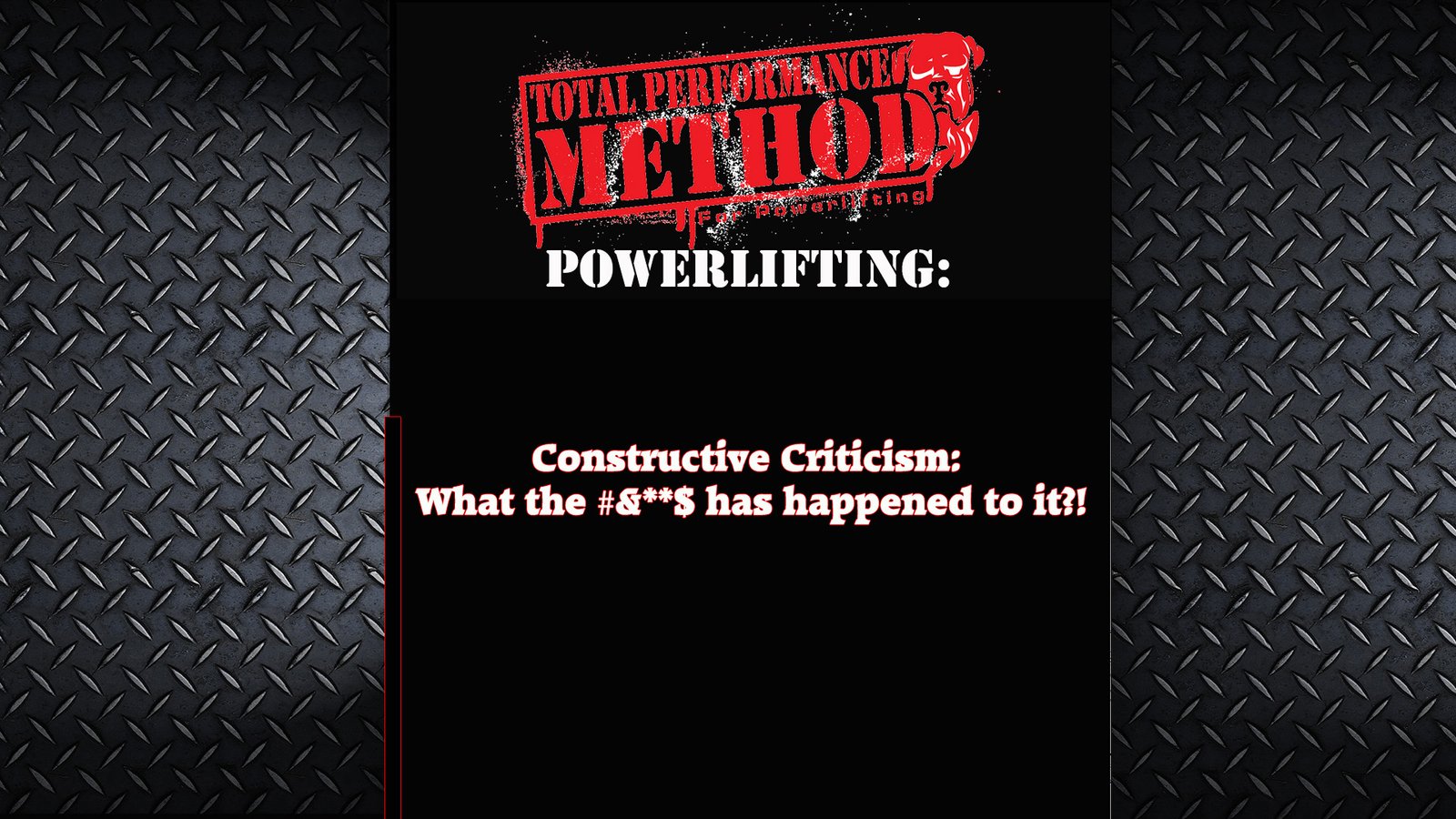If you’re on a mission to melt body fat, one type of workout program that you might want to consider is a fat burning cardio circuit. Many people often find they fall off the cardio bandwagon simply because they grow bored with their process. They also do not get the results that they want because traditional cardio is not as effective for fat loss as other methods. That is why at TPS we preach that you use the cardio equipment sparingly. It just does not offer the best results.
Day in and day out, getting stuck on the cardio equipment can be a real drag and something that you come to dread. The day that cleaning the house seems more appealing than getting your cardio session in is the day that you know it’s time for a change.
A cardio fat burning circuit can be just the change that’s needed.
So how do you go about performing one of these? Let’s give you a few of the main concepts to remember.
Alternate Between Upper And Lower Body Movements

The first thing that you should make sure you’re doing is alternating between upper and lower body exercises. Since lower body movements are tend to get the heart rate higher they will be superior for cardiovascular benefits, you don’t want to neglect your upper body as well. The good thing is that while the lower body is resting, you can be working the upper body to ensure that you’re still burning calories as you go.
This is the basis of Peripheral Heart Action Training (PHAT), which is a very effective conditioning and fat loss tool.
Add In Some Plyometric Exercises

Next, another thing to consider is incorporating some plyometric exercises into the mix. These are going to help boost your heart rate much higher and they develop strength and power.
For anyone involved in a sport of any kind, plyometrics will definitely help out. Excellent plyometric exercises to incorporate in include jump squats, jump lunges, clap push-ups, or burpees.
All will work on your rebounding ability and get those fast twitch muscles working hard.
Start slow with plyo’s. They are not as easy as they look. When performing jumping exercises, it is important to add them in gradually.
Do “Ab” Work When You Need To Rest

Finally, the last thing that you should keep in mind as you go about your cardio circuit training workout program is that if you do have to take a short rest break for any reason, you should aim to perform some ab/core (I hate that term) exercises during this time rather than just breaking entirely.
This will help to keep the body moving and prevent blood from pooling due to the sudden stop in activity.
Plus, since core exercises typically don’t work the upper and lower body to a large extent this will easily allow those areas of the body to recover while you perform them. Then, once that ab exercise is completed, you can get right back on track and continue on performing your major exercises.
Training in this manner greatly increases the amount of calories that you burn AFTER the training session. The more calories you burn AFTER your workout, the more fat you lose. You are trying to create a caloric deficit through diet and exercise to lose fat. A caloric deficit means burning less calories than you consume. By managing your diet, and making smart training choices that increase the amount of calories you burn post workout, you will turn your body into a fat burning furnace instead of a fat storing machine.
Keep in mind that if you are using a number of strength based movements, you’ll want to try and space this out from your main weight lifting sessions as well in order to prevent overtraining from taking place.
TPS posts fat loss/conditioning workouts weekly on the white board in the turf area for you to follow if you don’t know what to do. Now go upstairs and get off the hamster wheel.







Leave A Comment